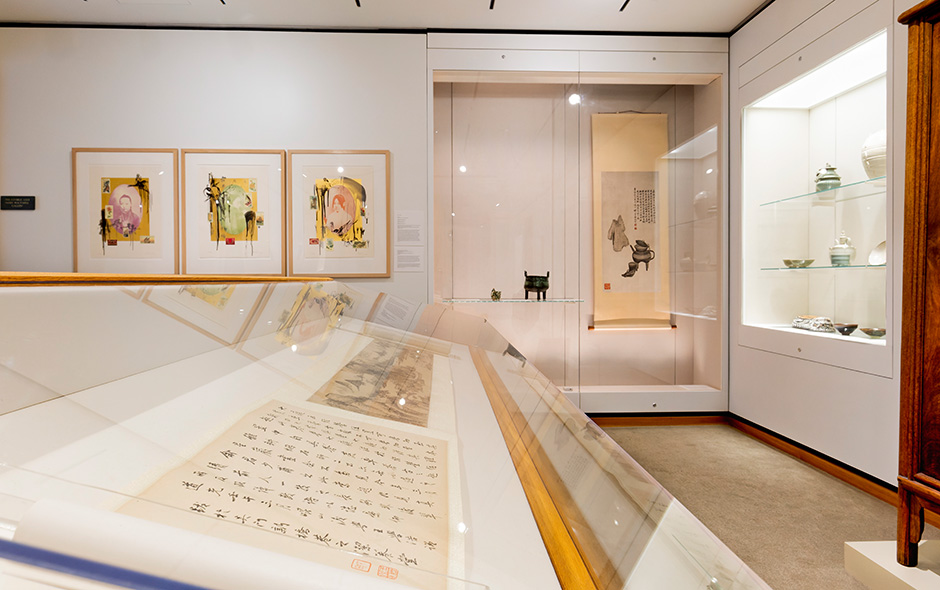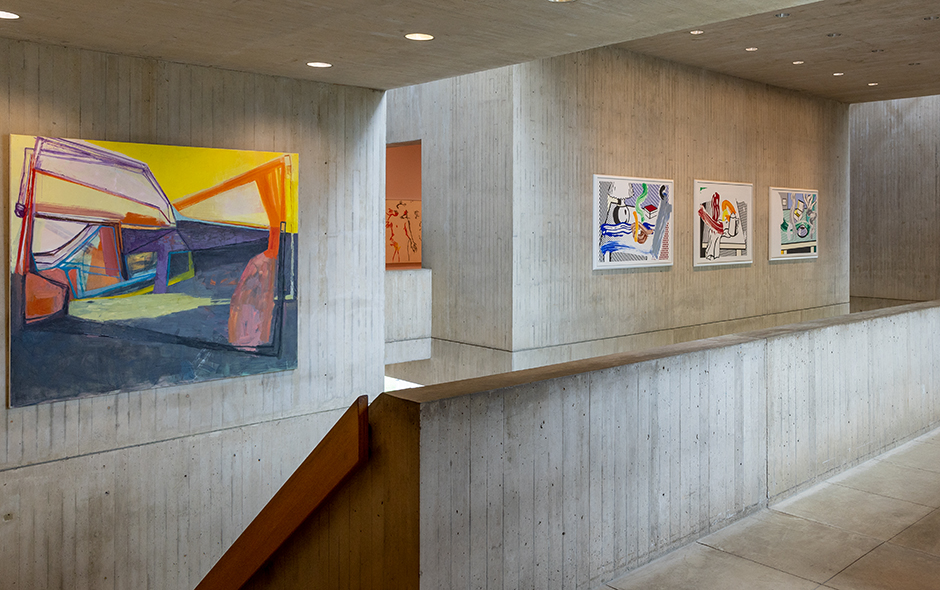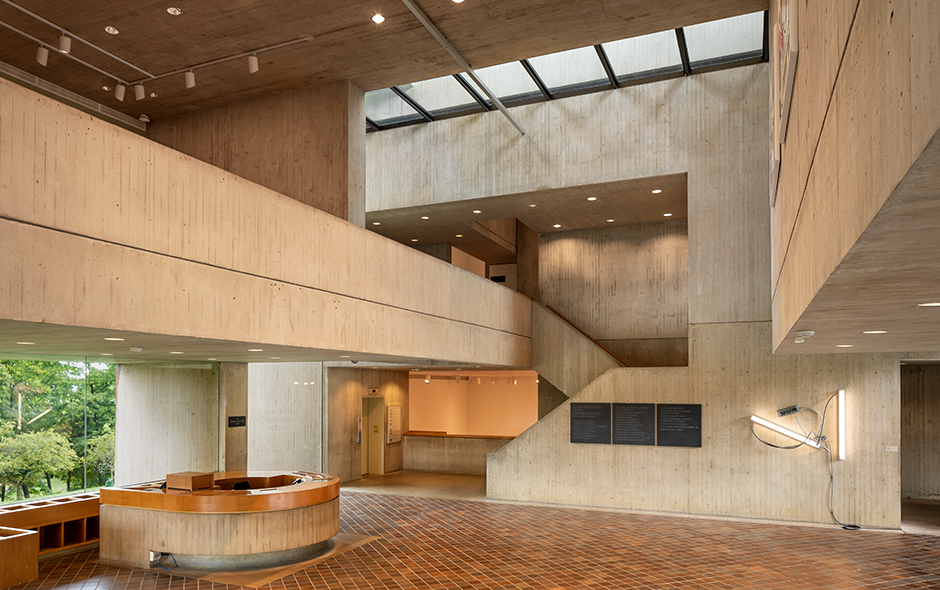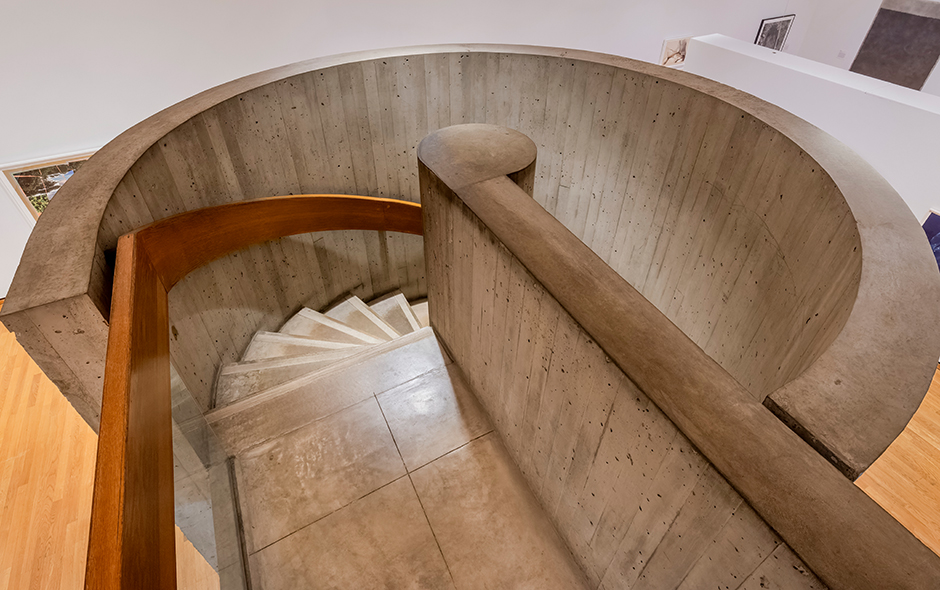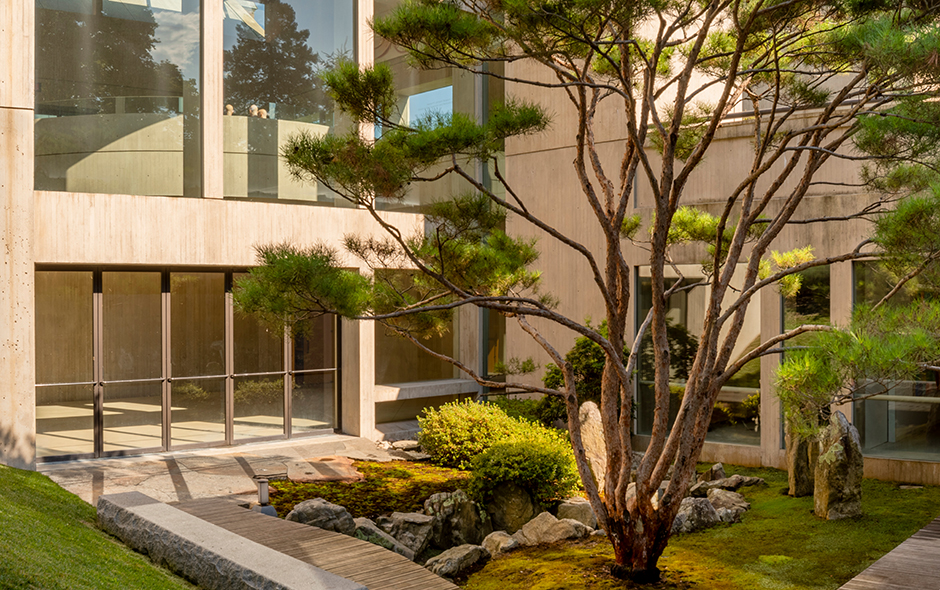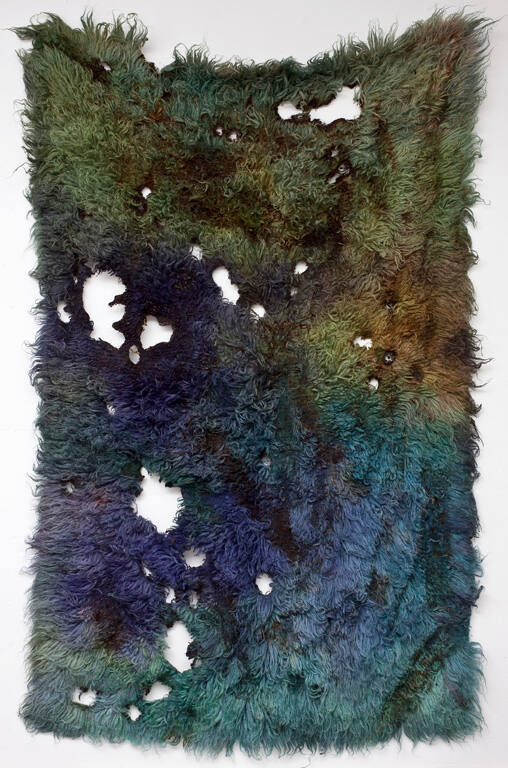
Object Details
Culture
Indonesia, Sumba
Date
ca. 1935–55
Medium
Handspun cotton with natural dyes, supplemental warp patterning and warp ikat
Dimensions
58 × 23 inches (147.3 × 58.4 cm)
Credit Line
Gift of the Estate of Louise Taraldson Woods and other donors, by exchange
Object
Number
2008.005.004
For the East Sumbanese nobility, whose wealth came from trade, locally-made textiles incorporating f(…)
For the East Sumbanese nobility, whose wealth came from trade, locally-made textiles incorporating foreign designs reflect the high status of having alliances with outsiders. Textiles with patola-derived motifs were prized for their connections to the Indian imported cloths preserved in Sumba as heirlooms.




